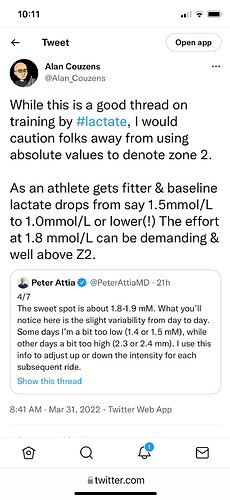This will be a bit abstract but lets see how it goes:
I personally think ISM is telling a good story and his ideas and style resonate with me. But that is my bias.
Coaching an elite who is #1 and ascribing that success to the coach or training methodology is fraught with difficulty. I posit, and some will agree, that for the #1 guy at top of his or her game, the training philosophy is probably not the most important thing.
The trick here isn’t the guy who coaches Pog to the top. Or favorite patron before POG. Pog, and the other greats before him has that special “it” factor that makes a mega-champion. And that factor is probably several factors and very difficult to enumerate or define.
The trick would be the guy who in current context can put Rog, who is a fraction of a percent less good (for argument based on results) over the top of Pog. That is the guy who found special sauce, magic beans, new insights on how to unlock performance.
Similarly, there are numerous training approaches that can take me, a mediocre athlete at best, to 4 w/kg. Been there and done that with several different approaches. What I haven’t found, and what may not be possible for me, is to break that barrier or plateau.
I think that is what a lot of us are discussing, directly or through other vehicles. It is also the topic upon which the coaches, professors, etc are very quiet on. That’s frustrating because its the key problem for most serious athletes. I can get 90% easily. I can coach colleagues to that level of achievement. But how do I get another 1, 2, 5, 10% ? How successful are the talking heads at getting athletes to that extra level of achievement? Again, we just don’t see enough of those use cases discussed anywhere. Which makes me think they are rare and also makes me think that all of this discussion of how to train is coming down to what you like, what you will do and that many different roads lead to Rome.
Apologies to y’all if that takes us too far from the ISM discussion. He seems very good and very thoughtful.


